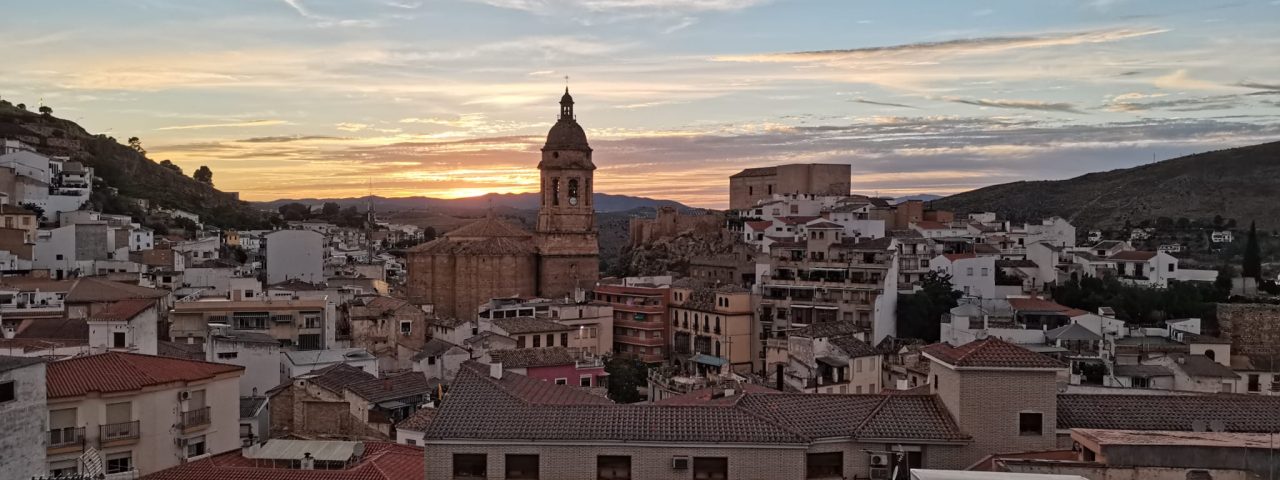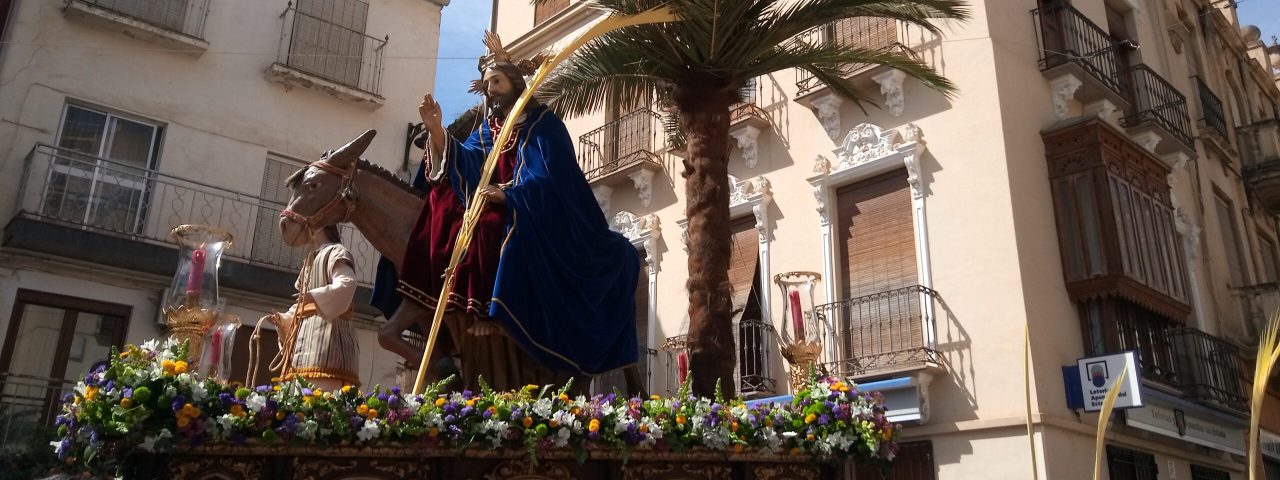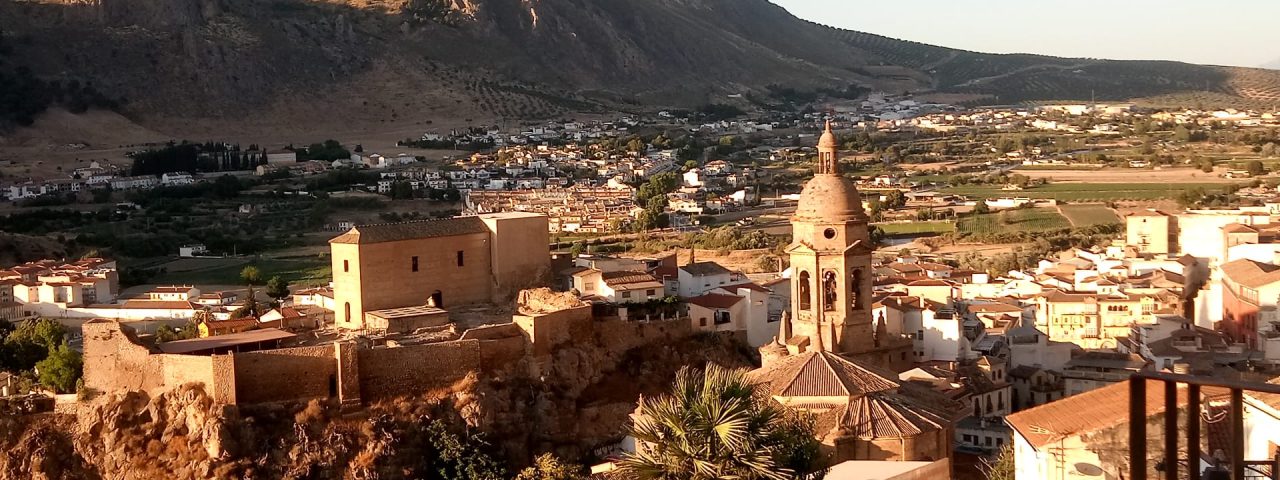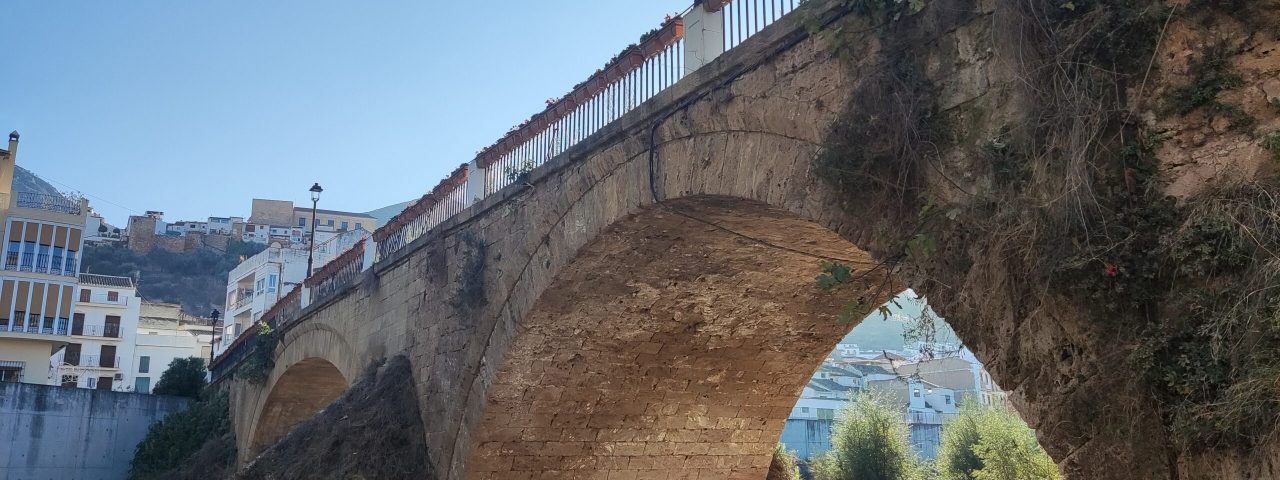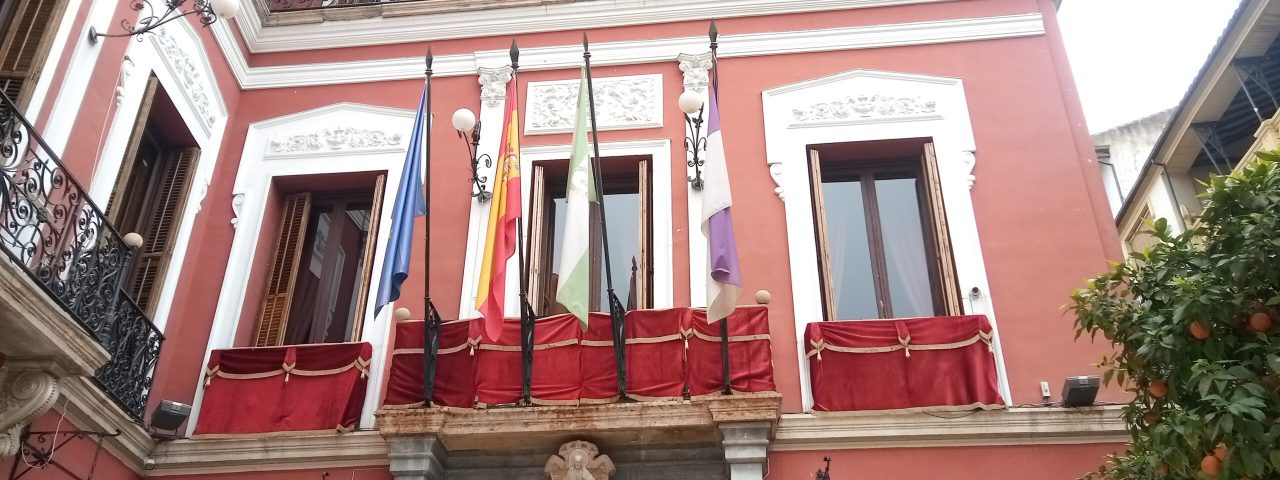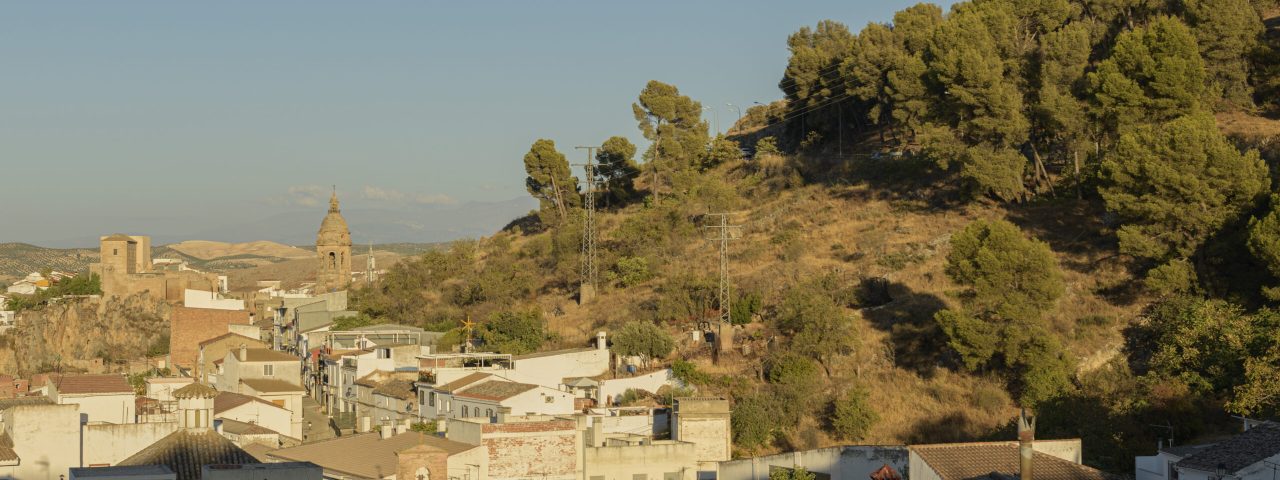Loja’s rich history dates back to the Roman era, though it reached its zenith during the Moorish occupation of Spain. The city was known as “Medina Lawsa” under Moorish rule and became an important strategic and commercial center. After the Christian reconquest in 1486, Loja retained its significance, serving as a stronghold for the Catholic Monarchs. Its history is reflected in its architecture, from Moorish fortifications to Renaissance churches and palaces, which tell the story of a city that has witnessed the fusion of diverse cultures.
Culturally, Loja celebrates its history through a variety of traditional festivals and events. One of the most notable is the “Fiestas de San Marcos,” a celebration honoring the town’s patron saint, where locals parade through the streets with their animals in a symbolic blessing. The Easter processions in Loja are also remarkable, showcasing the town’s deep-rooted Catholic traditions. These festivals, along with flamenco performances and local crafts, contribute to Loja’s cultural vibrancy, providing visitors with a taste of authentic Andalusian life.
Customs such as olive oil production and the celebration of the annual olive harvest are deeply embedded in Loja’s culture, reflecting its agricultural heritage. Visitors can also explore numerous historical landmarks, including the Alcazaba de Loja, a Moorish fortress, and the Iglesia de la Encarnación, a stunning Renaissance church.
